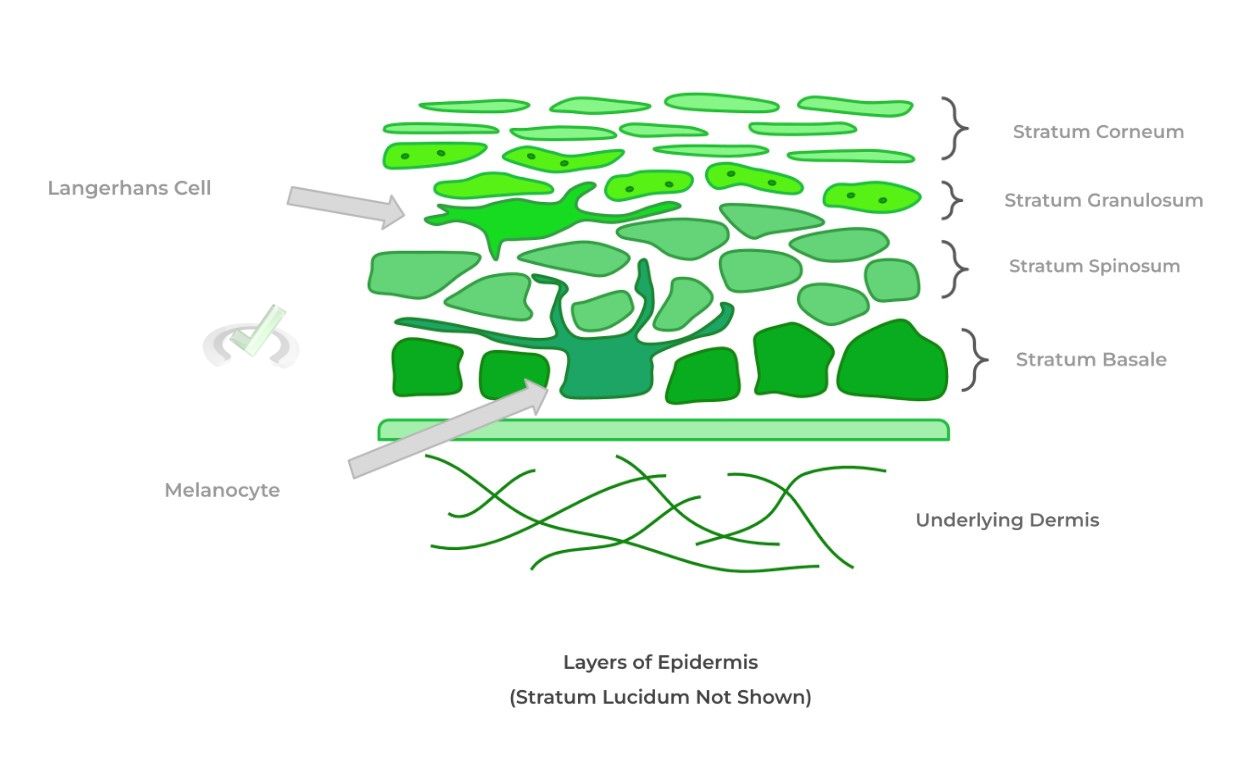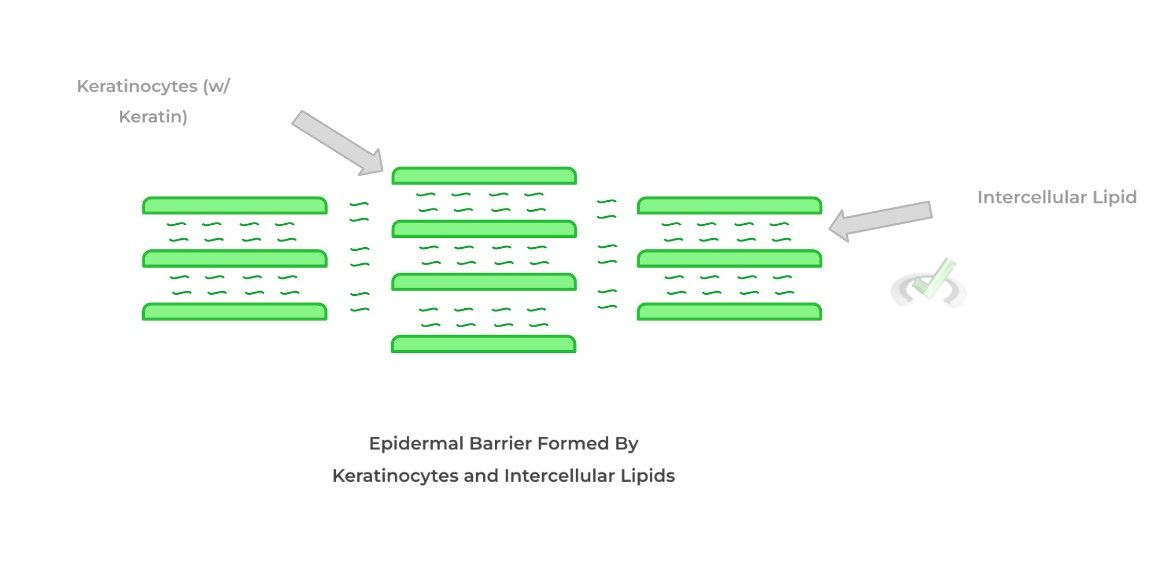Having a great and efficient skin care routine is important! Not just for getting that nice, glowing skin (though you guys are already glowing!), but also to build and maintain healthy skin that serves as your protective barrier from the external environment.
Though an organ system we might take for granted in terms of its importance in physiological function, the integumentary system is highly important as we said in protecting our internal organs from potentially harmful external agents.
In this guide, we’ll introduce a brief overview of the basics surrounding the integumentary system including its various structures, cells, and functions. Let’s get started!
Integumentary System on the MCAT: What You Need to Know
Topics on the integumentary system will be tested on the biology section of the MCAT can appear both as passage based and fundamental discrete questions.
Though there are no guarantees to how many integumentary system related questions will appear, an average (give or take) can be around 3 - 5 questions covering the integumentary system.
Introductory biology accounts for 65% of the content covered in the Biological and Biochemical Foundations of Living Systems section (Bio/Biochem), 5% of content tested in the Chemical and Physical Foundations of Biological Systems (Chem/Phys), and 5% of material on the Psychological, Social, and Biological Foundations of Behavior (Psych/Soc).
Important Sub-Topics: Integumentary System
One strategy that might help you when reviewing the integumentary system is its many functions and how it interacts with other organ systems to support these functions!
Understanding the interplay between different organ systems and the integumentary system can also give you a nice refresher on those other organ systems that you’ve studied!
1. Structure of the Integumentary System
The integumentary system primarily refers to your skin, the body’s largest organ, but also consists of your nails and hair! The skin is divided into 3 main layers: the epidermis, dermis, and hypodermis (a.k.a. subcutaneous layer). Each layer has their own unique cellular and molecular composition as well as distinct function.
The epidermis is the outermost layer of the skin and is further divided into 4-5 main layers: stratum corneum, stratum lucidum (only present in palms/soles), stratum granulosum, stratum spinosum and stratum basale – from most superficial to deepest.
The most prominent cells of the epidermis are keratinocytes which contain a high amount of a keratin, a fibrous protein which helps the skin form a water-tight seal to prevent entry of pathogens and loss of bodily fluids.
The dermis is the connective tissue component of the skin composed of many collagen fibers which gives the skin its strength and flexibility. In addition, many sensory receptors are located within the dermis which allows for sensation of external stimuli.
The hypodermal (subcutaneous) layer is primarily composed of fat (adipose tissue) and primarily acts as a cushion to decrease the amount of external force felt by the body’s internal structure.
Full Study Notes : Integumentary System: Structure
For more in-depth content review on the structure of the integumentary system, check out these detailed lesson notes created by top MCAT scorers.
2. Functions of the Integumentary System
The primary function of the integumentary system is to act as a protective barrier between the external environment and our internal bodily structures. In fact, it also might be helpful to think of the skin as a part of the innate immune system as it’s part of the first line defense by preventing the access of deadly pathogens.
While it takes a collective effort from all layers of the skin, the epidermal keratinocytes are highly important for this protective role due to the high amount of keratin. This combined with lipids occupying the intercellular space between the keratinocytes forms the barrier to prevent the passage of harmful exogenous substances.
Additionally, integumentary system function extends outside of external protection, as we alluded to earlier! In addition to protection, the barrier formed by the skin also plays a role in osmoregulation by preventing the loss of water from internal tissue.
The skin also has function in thermoregulation, as the constriction and dilation of the skin blood vessels can retain and dissipate heat, respectively.
Furthermore, hair strands can also stand up via contraction of arrector pili muscles by hair follicles to trap warm air and retain heat. Conversely, the follicles remain flat to allow for the dissipation of that heat.
Full Study Notes : Integumentary System: Functions
For more in-depth content review on the functions of the integumentary system, check out these detailed lesson notes created by top MCAT scorers.
Important Definitions and Key Terms
Below are some high yield definitions and key terms to refer to when reviewing the integumentary system!
Term | Definition |
|---|---|
Epidermis | Most superficial layer of the skin divided into 4-5 layers which include: stratum corneum, stratum lucidum (soles/palms), stratum granulosum, stratum spinosum, and stratum basale |
Dermis | Middle layer of skin composed of fibrous protein such as collagen, which gives strength and flexibility to the skin |
Hypodermis (Subcutaneous Layer) | Deepest layer of skin composed of adipose tissue |
Keratinocytes | Most abundant cell in the skin; composed of keratin, a highly fibrous protein, which helps in forming sealed barrier |







 To help you achieve your goal MCAT score, we take turns hosting these
To help you achieve your goal MCAT score, we take turns hosting these 





















 reviews on TrustPilot
reviews on TrustPilot